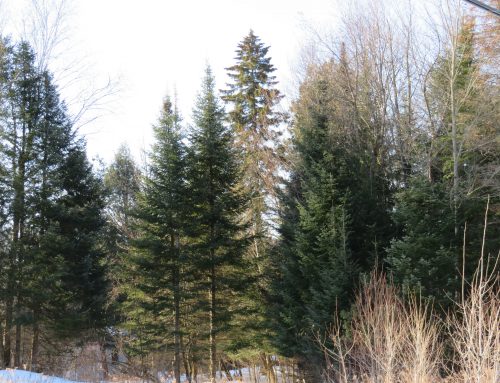from Turtle S.H.E.L.L.
Why did the turtle cross the road? To get to the other side.
It may seem silly, but it’s the truth. Right now many turtles are moving from one marsh to another, to find food, locate a mate, or lay eggs. Historically, this was no problem, but today turtles must often cross busy roads in their wanderings. The result is that hundreds – maybe even thousands – of turtles are killed every year.
Killing future generations
 Many of the turtles that are trying to cross roads are females looking for places to lay their eggs. Because turtles can live for decades, killing a pregnant female not only removes a reproductive adult from the population, but it also removes all her potential future offspring. In addition, surviving turtles can’t lay extra eggs to compensate for increased mortality, so once a population starts to decline it is difficult to reverse the trend.
Many of the turtles that are trying to cross roads are females looking for places to lay their eggs. Because turtles can live for decades, killing a pregnant female not only removes a reproductive adult from the population, but it also removes all her potential future offspring. In addition, surviving turtles can’t lay extra eggs to compensate for increased mortality, so once a population starts to decline it is difficult to reverse the trend.
What can you do?
 Drive carefully – It’s important to watch the road carefully when you’re driving, particularly near wetlands and rivers. Remember, turtles don’t move very quickly and their first response to danger is to pull into their shell. Turtles don’t understand about cars, but drivers can act responsibly and avoid hitting a turtle.
Drive carefully – It’s important to watch the road carefully when you’re driving, particularly near wetlands and rivers. Remember, turtles don’t move very quickly and their first response to danger is to pull into their shell. Turtles don’t understand about cars, but drivers can act responsibly and avoid hitting a turtle.
In many locations in Ontario, drivers can also watch for turtle crossing signs. These signs depicting a stylized turtle are the work of Turtle S.H.E.L.L. (Safety, Habitat, Education, Long Life), a non-profit group dedicated to the conservation of turtles. The signs have been posted at known turtle-crossing areas and they remind drivers to keep a lookout for turtles.
Help turtles cross – If you see a turtle crossing the road, please help it across. First, make sure that it’s safe to help (do not endanger yourself or others by walking into heavy traffic). Move the turtle in the direction in which it is traveling. This might not be toward water, but turtles know where they are going and will turn around and march right back into traffic if you return them to the side of the road they came from.
Small turtles can be easily carried across the road. Snapping Turtles should be handled very carefully as they will bite. Use a shovel, car mat, or blanket to help lift the turtle safely or prod a Snapping Turtle across the road with a long stick. Do not pick up a turtle by the tail as this may damage the vertebrae.
Report injuries – If the turtle is injured, contact the Rideau Valley Wildlife Sanctuary at 1-613-258-9480 and follow their instructions. Check the Turtle S.H.E.L.L. website under the “Emergency” section. It is important to record the exact location where the turtle was found, so that it can be returned to its home. If no distinct landmarks are present, record your odometer reading at the rescue site and then again at the nearest intersection. Keep the turtle in a quiet, dry and cool place during transport and do not provide any food or water for the time being.
If you see a turtle laying eggs – Finally, if you’re lucky enough to witness egg laying and want to help keep the eggs from being dug up by predators, here’s a suggestion from Turtle S.H.E.L.L. Spray the surface over the nest with something to change the scent: a spritz of ammonia or vinegar or even sprinkling something like cayenne pepper over the nest can be effective.




